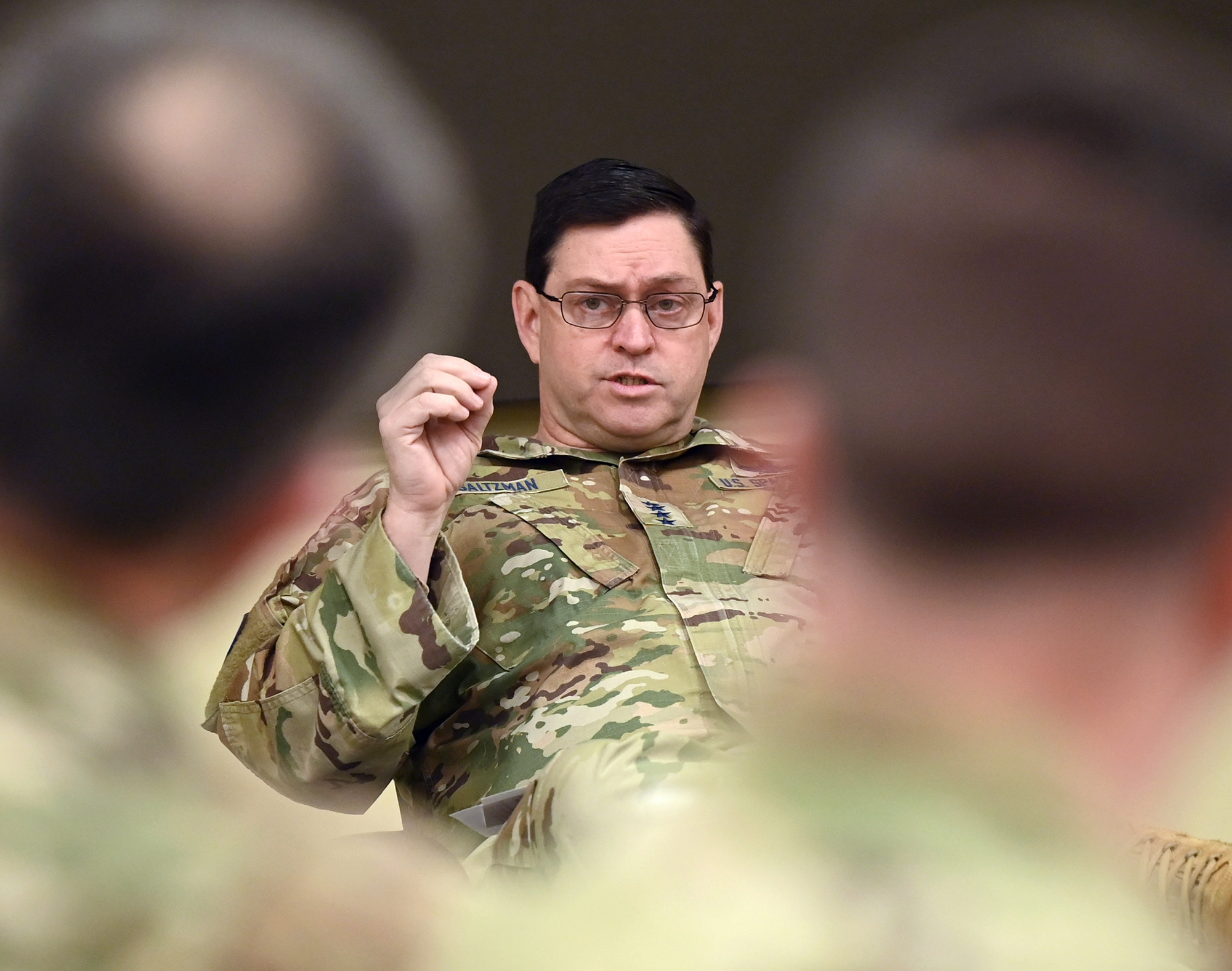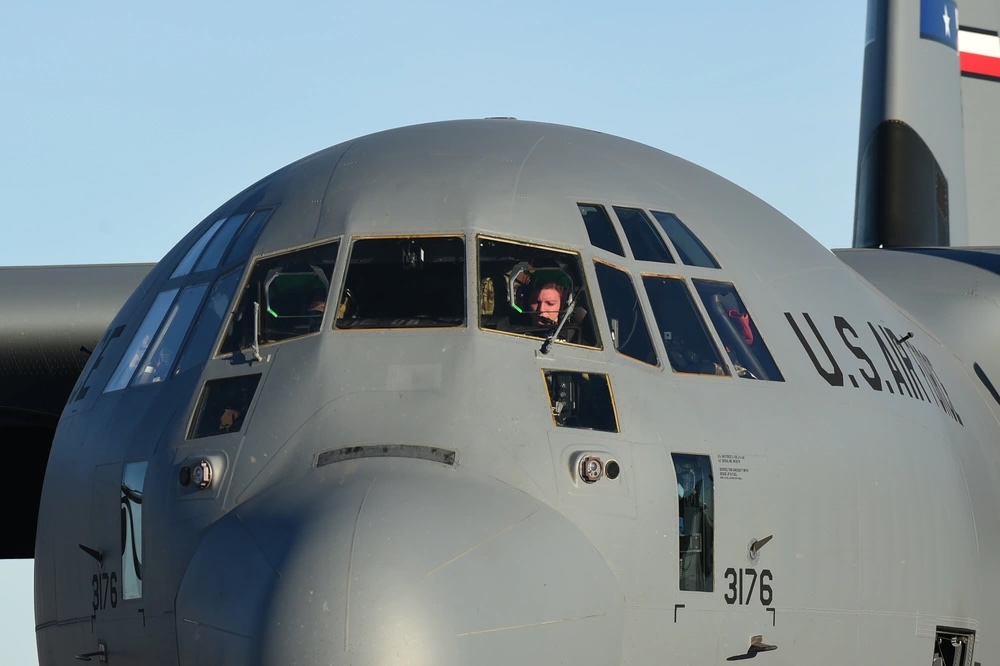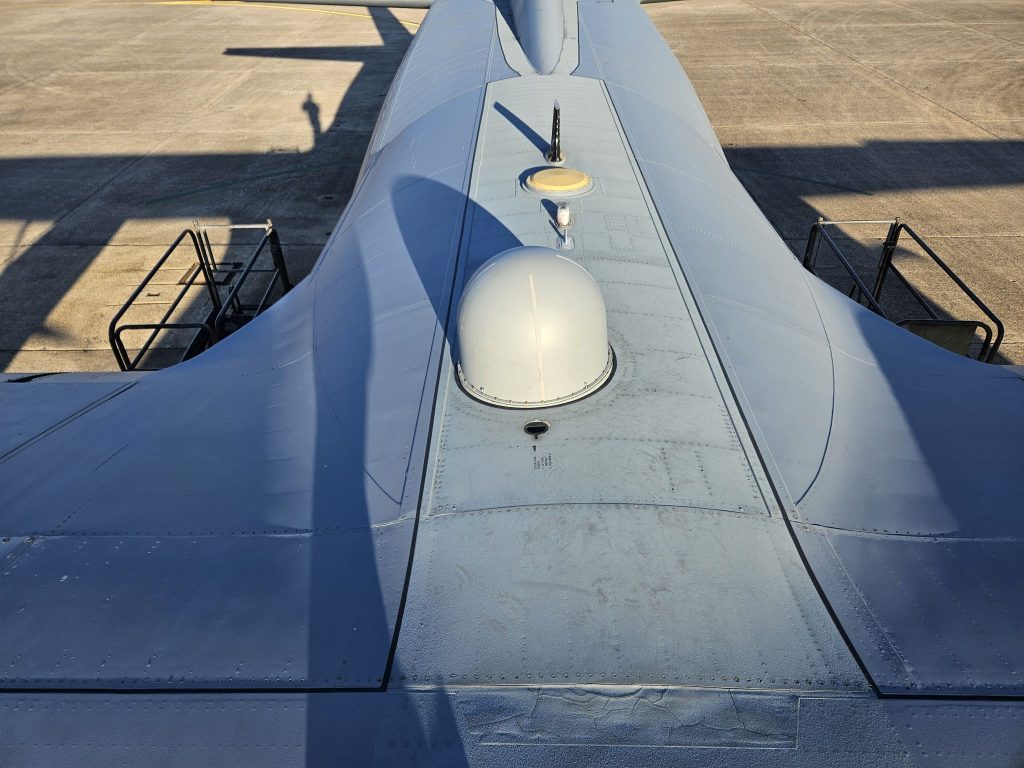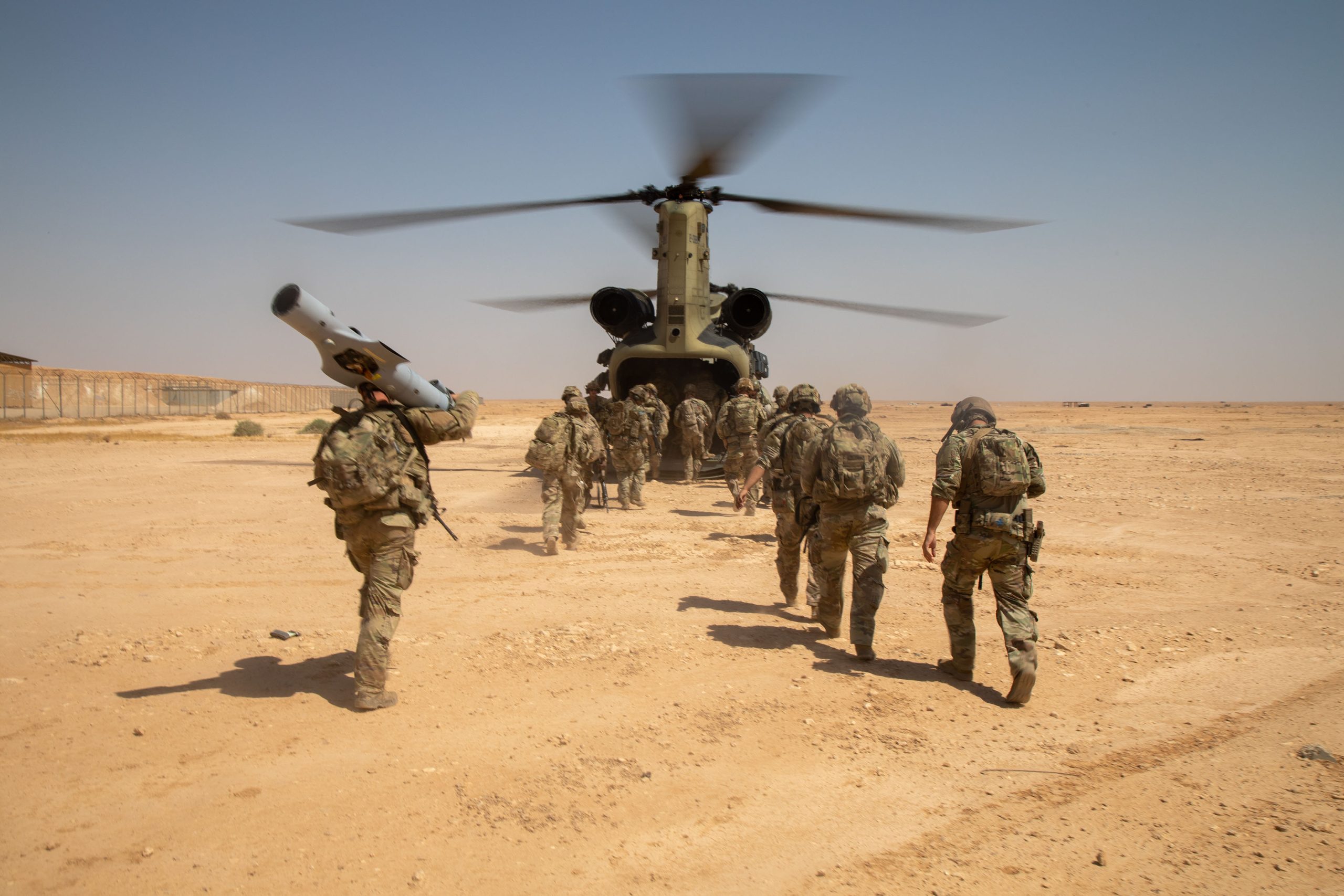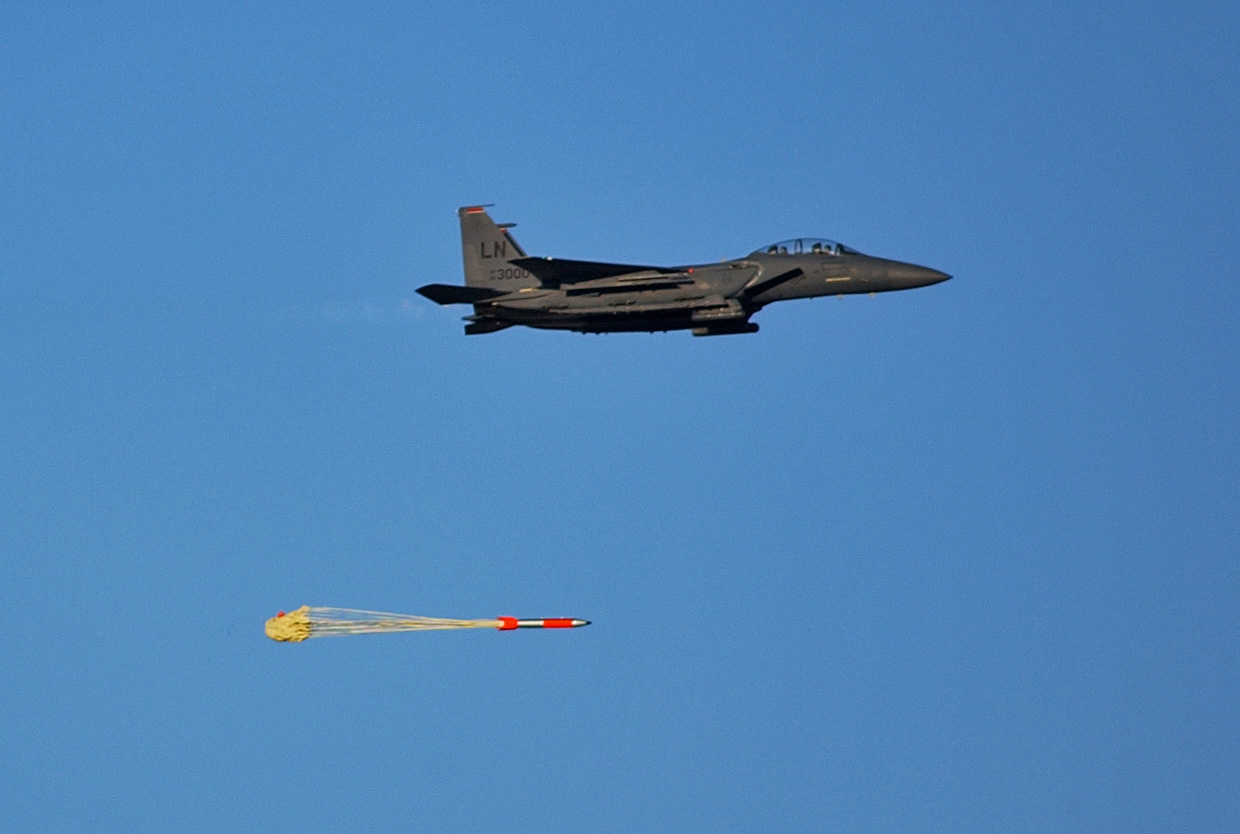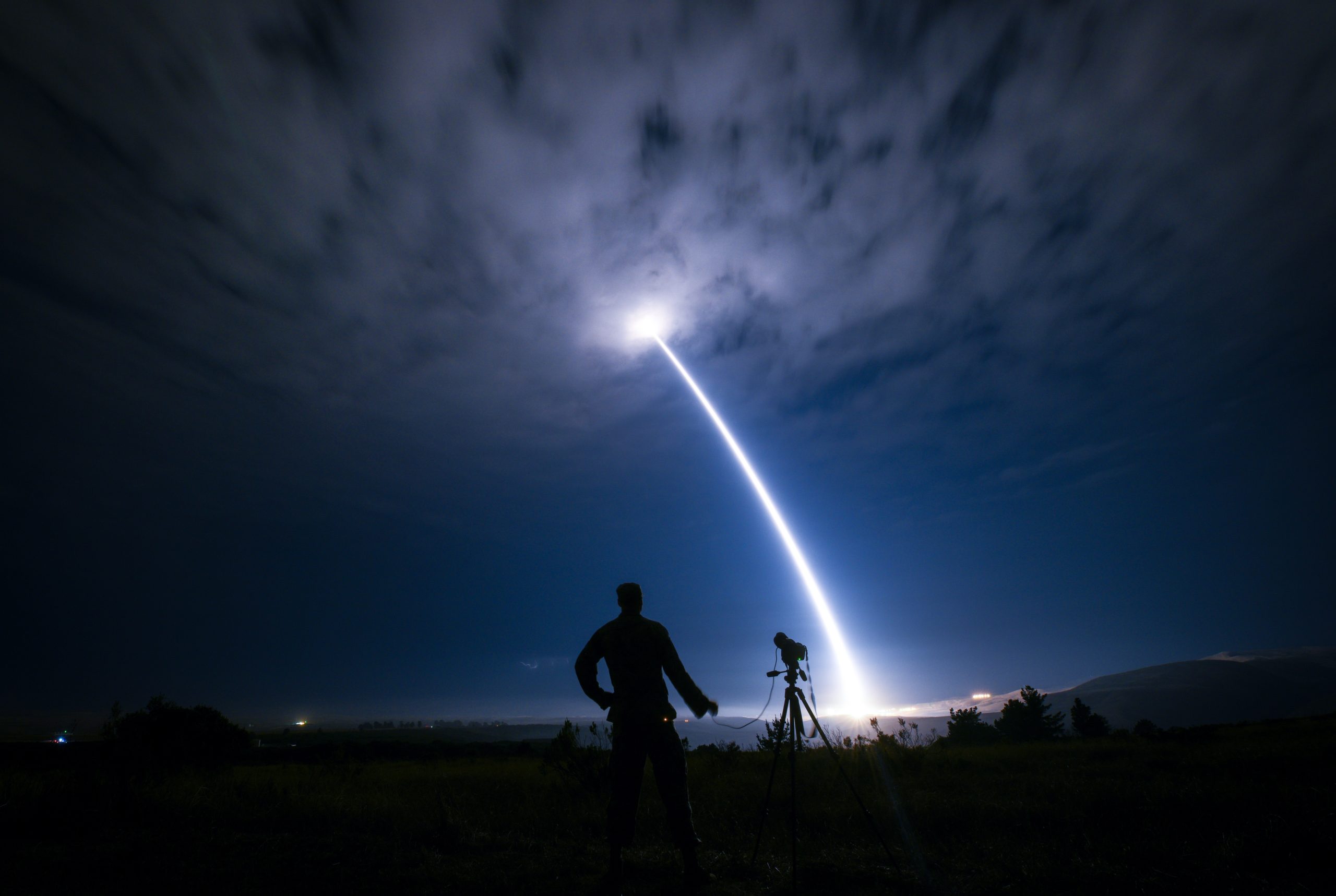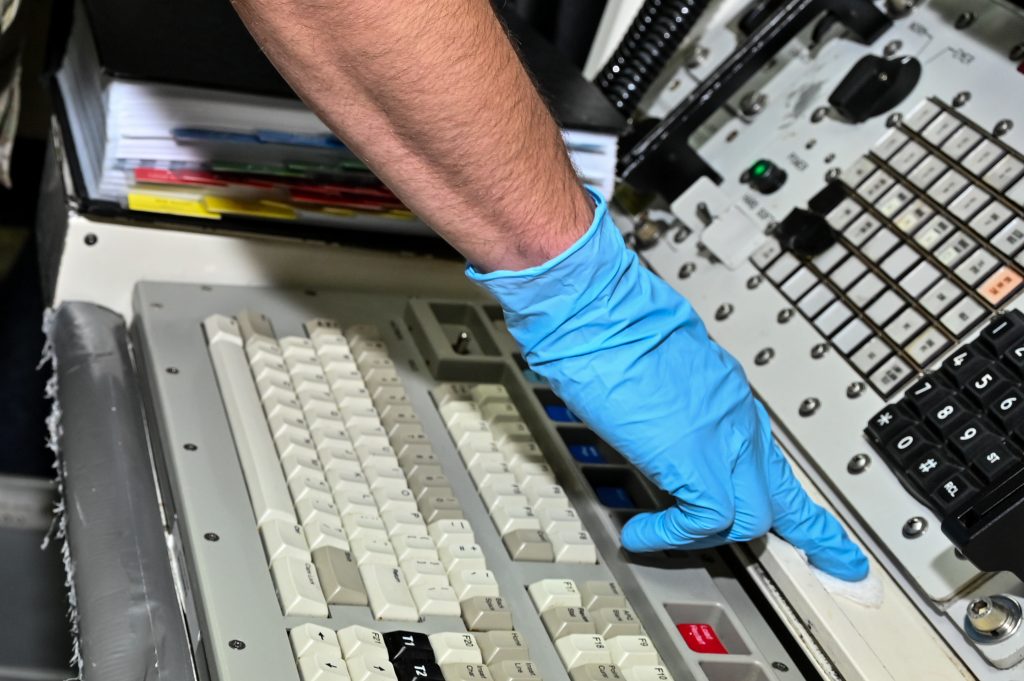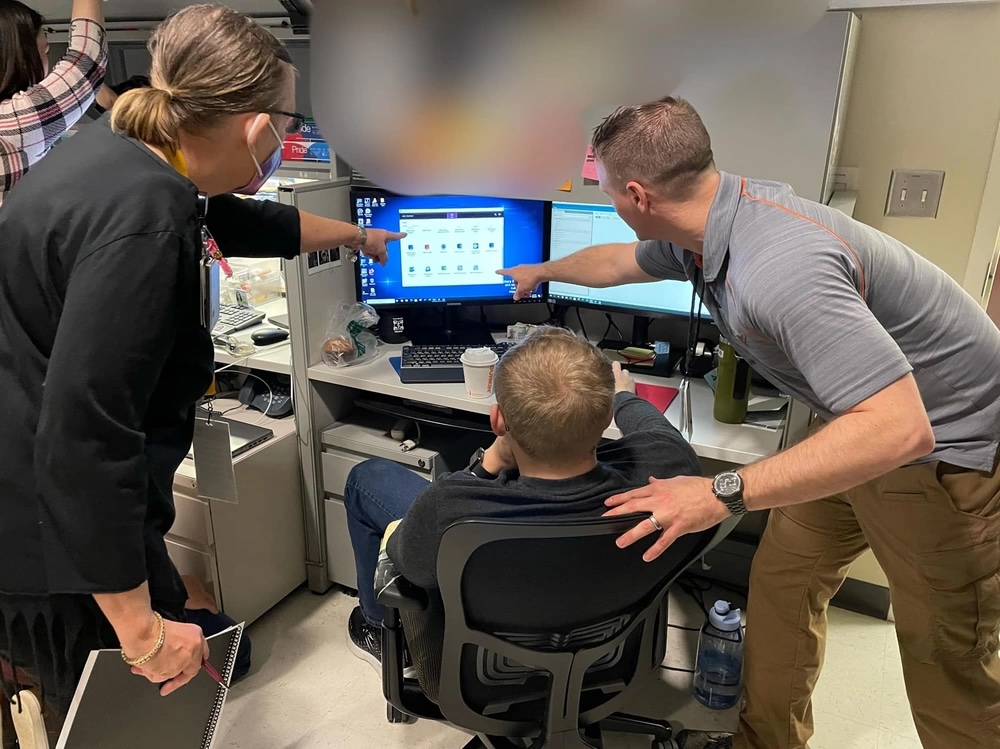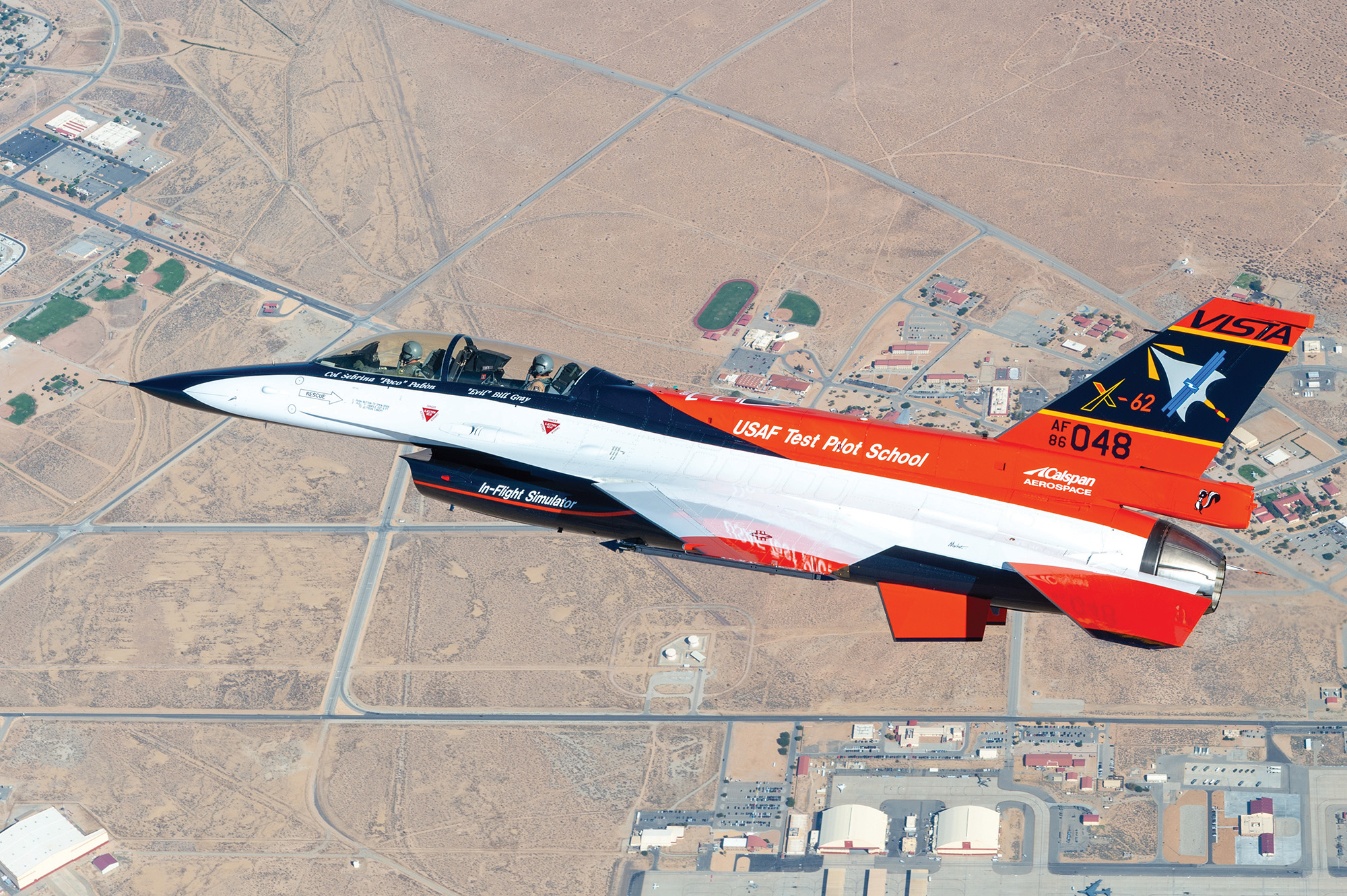Chief of Space Operations Gen. B. Chance Saltzman said reforms underway to the Space Force’s deployment and training model are the “most drastic change accompanying the establishment of the Space Force” in a note distributed to Guardians on April 19.
“It fundamentally alters how we prepare for operations,” Saltzman wrote in one of his “C-Note” updates.
Service leaders argue that the Space Force does not currently follow a model that properly prepares Guardians for a real-world fight. Saltzman has previously likened the USSF’s changes to turning a Merchant Marine into the U.S. Navy—that is, turning a peacetime force into one that is ready and equipped to go to war.
“Expecting Guardians to accomplish a combat mission they are not ready to perform betrays the trust the American people have placed in the Space Force,” Saltzman wrote. “That’s why building readiness is a central obligation of our service.”
Under the Department of the Air Force’s efforts to “re-optimize” for the so-called great power competition, the USAF and USSF are implementing new deployment models. For the Air Force, that means packaging forces in more holistic, deployable units that already train together under the AFFORGEN force generation model. The goal, ultimately, is to have Airmen who are more ready to fight on short notice.
The Space Force shares that goal but faces a different way of fighting since most Guardians are deployed in place with the same unit.
Saltzman has emphasized improving realistic training so that Guardians are prepared to fight. But personnel cannot do their day jobs and train at the same time—or at least they won’t be doing so in the future, Saltzman wrote. That is why the service needs the new Space Force Generation (SPAFORGEN) model, he said.
“It is based on the straightforward observation that day-to-day space operations do not prepare Guardians for the challenges they will face in a high-intensity combat environment,” Saltzman wrote. “Balancing operations with readiness requires a different approach than the ‘all-in, all-the-time’ construct we used before.”
SPAFORGEN, which was first previewed by Saltzman in a C-Note late last year, will follow three phases through which Guardians will rotate. First is the “Prepare Phase” for Guardians to learn their assigned roles. Second is the “Ready Phase,” during which Guardians will “participate in advanced training to equip them for high-intensity conflict,” Saltzman wrote. Finally is the “Commit Phase,” in which Guardians will be part of a combat squadron or combat detachment.
The Air Force is following a similar concept with AFFORGEN, which has four six-month cycles. That model has already been implemented, with the first Airmen deploying under it last fall.
Retired Air Force Col. Stuart Pettis, who worked on the Space Force headquarters staff and served as chief of training for Air Force Space Command, said SPAFORGEN is addressing a known but vexing issue.
“The challenge is providing white space for crews to do advanced training because they are fully employed doing to day-to-day operations,” Pettis said.
Now, the Space Force will have a more coherent approach to training, the service says.
“Under SPAFORGEN, both officers and enlisted in mission squadrons will continue to rotate in and out of operations while assigned to the unit, creating a more experienced, capable, and threat-focused crew force,” Saltzman wrote.
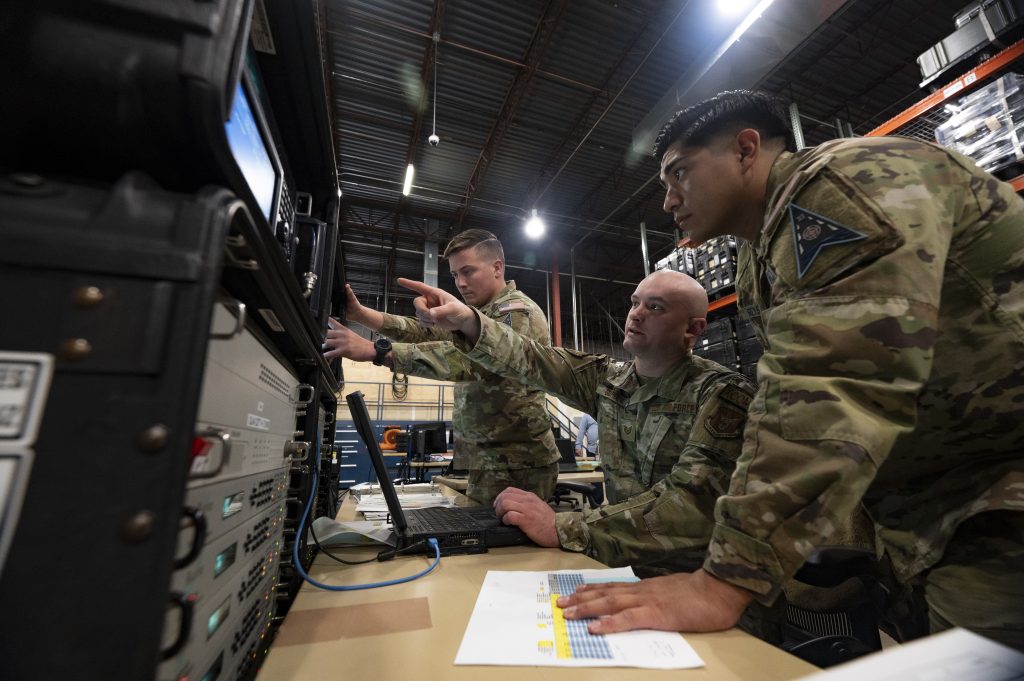
Charles Galbreath, a retired Space Force colonel, said SPAFORGEN would be a helpful construct to help judge whether the Guardians are adequately prepared for their mission.
“Understanding the metrics to monitor readiness is critical and will likely continue to evolve as the Space Force refines its thinking,” said Galbreath, a senior fellow at the Mitchell Institute for Aerospace Studies.
Indeed, Saltzman said SPAFORGEN will help the Space Force understand itself better—an argument Air Force leaders have also used for their force generation model.
“SPAFORGEN is another example where the Space Force is prioritizing combat effectiveness over organizational efficiency,” Saltzman wrote. “It allows headquarters staffs to accurately measure and resource readiness. Doing so creates the capacity to perform today’s mission while also preparing for tomorrow’s fight.”
While Saltzman has previously articulated the need to switch to the SPAFORGEN model, his recent C-Note takes the argument directly to Guardians whose lives will be affected by the changes.
“Big changes are never easy, and there is still a tremendous amount of work needed to fully implement SPAFORGEN across the service,” Saltzman wrote. “My hope is that, by sharing the principles here, leaders at every level can aggressively resource and normalize the SPAFORGEN model to maximize our combat effectiveness.”
